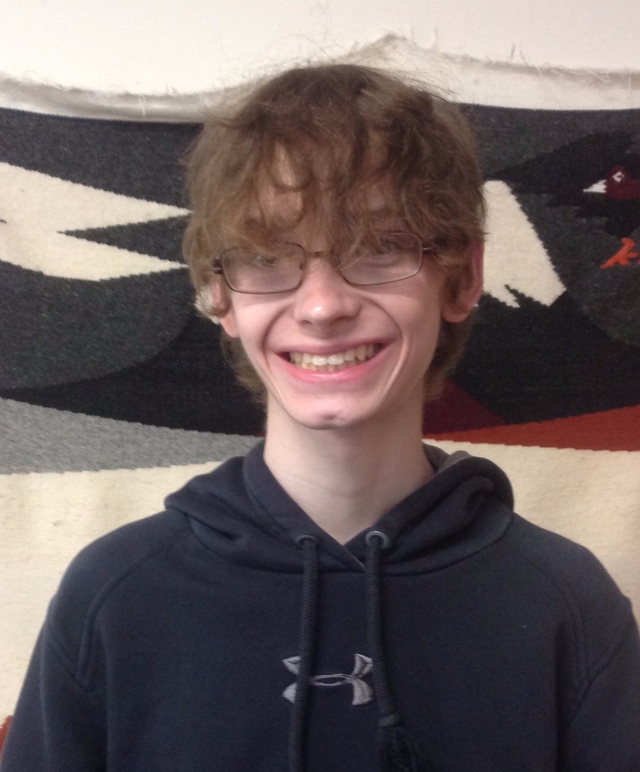Term 1 is just about done! This year is really flying by. Everyone is making great progress and hopefully having a lot of fun at the same time. I just finished giving oral exams, in the form of a 10 question interview to both my Spanish 1 and Spanish 3 Honors classes. Overall, students did very well, with class averages between 89-93%. I asked my Spanish 1 students to reflect on the experience of taking an oral exam, since this was their first set of interviews and the feedback was very positive. They said they really liked not having to have a long written test, that they were so excited to get their results almost immediately and although they were nervous to sit down face-to-face with me, it was worth it to know that they really can SPEAK in Spanish, even this early in Spanish 1.
Thanks to my amazing colleague, Tricia Moloney, and the awesome Chrome “add-on” she found this year, sending our students the results of their interviews got even easier and faster. This add-on allows us to type in a student’s email and the Google form that we use to grade students will be automatically sent to them on submission. Students can go right back to their seat and see only the questions they were asked (10 of 20 that we practiced all semester) along with some feedback as to what type of error they made. Because they recorded the interview, they can go back and listen to identify and correct any mistakes. This is a great opportunity for growth and a skill in itself. In this situation, technology has really improved the learning opportunities students have.
Last night, I was giving students credit for their test corrections via Google Classroom while watching catching up on the day’s events on CNN. About 2 minutes after I left a a comment letting a student know why he didn’t receive complete credit for his corrections but also congratulating him on his efforts, I got a reply from the student. Check out the screenshot below:
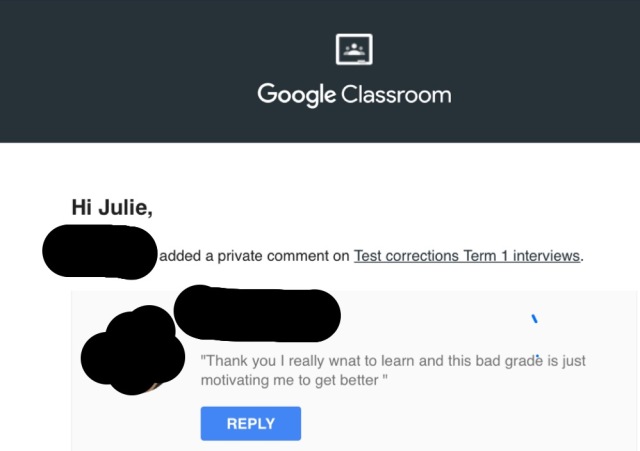
Ok. It was late, so we can ignore the typo. But the message is clear. This assessment and ability to reflect on it is MOTIVATING him to keep up the effort. YES! This is the opposite of the “crumple up the test and throw it in the trash” that we all have seen so much of. I’m sure he had no idea how happy his comment made me and how much of a motivator it is to keep trying new ideas when it comes to assessment FOR learning.






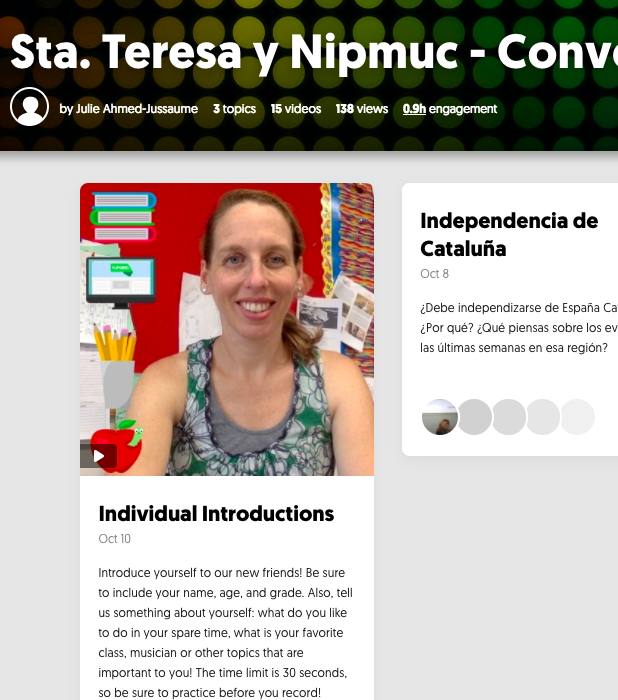
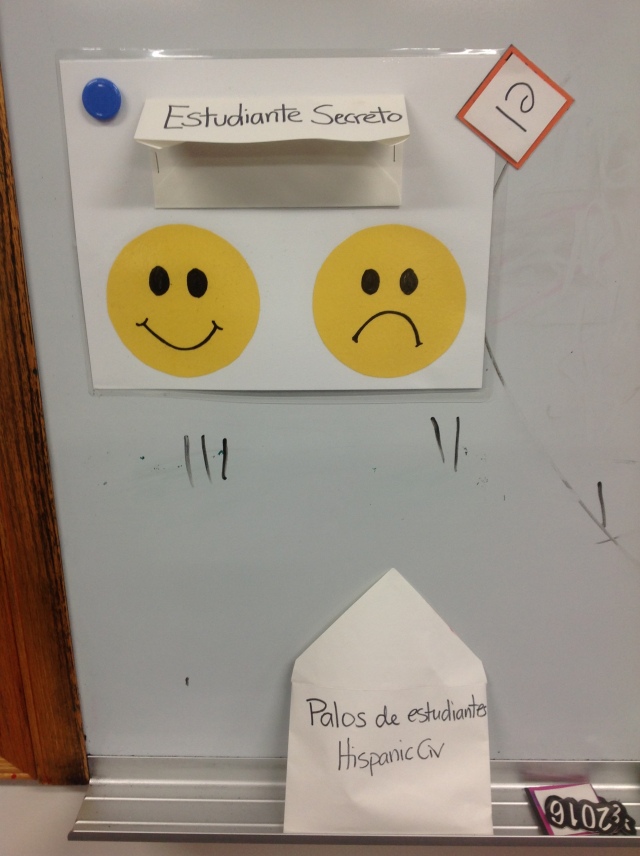 I spent some time this summer thinking about ways to motivate my students to speak in the target language in class. Specifically, I’m interested in helping to motivate my Spanish Immersion students to stay in Spanish when they are speaking to one another. In general, they are happy to participate in class discussions and address me directly in Spanish, but when they are given time to work in groups or individually, their conversation tends to be in English. My efforts over the past few years to encourage them to talk to each other in Spanish have turned into nagging and students get tired of it pretty fast.
I spent some time this summer thinking about ways to motivate my students to speak in the target language in class. Specifically, I’m interested in helping to motivate my Spanish Immersion students to stay in Spanish when they are speaking to one another. In general, they are happy to participate in class discussions and address me directly in Spanish, but when they are given time to work in groups or individually, their conversation tends to be in English. My efforts over the past few years to encourage them to talk to each other in Spanish have turned into nagging and students get tired of it pretty fast.





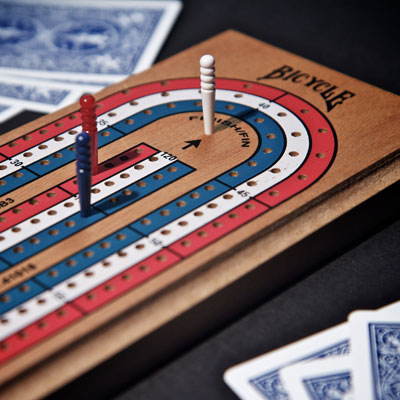 I recently came across a blog post titled “
I recently came across a blog post titled “